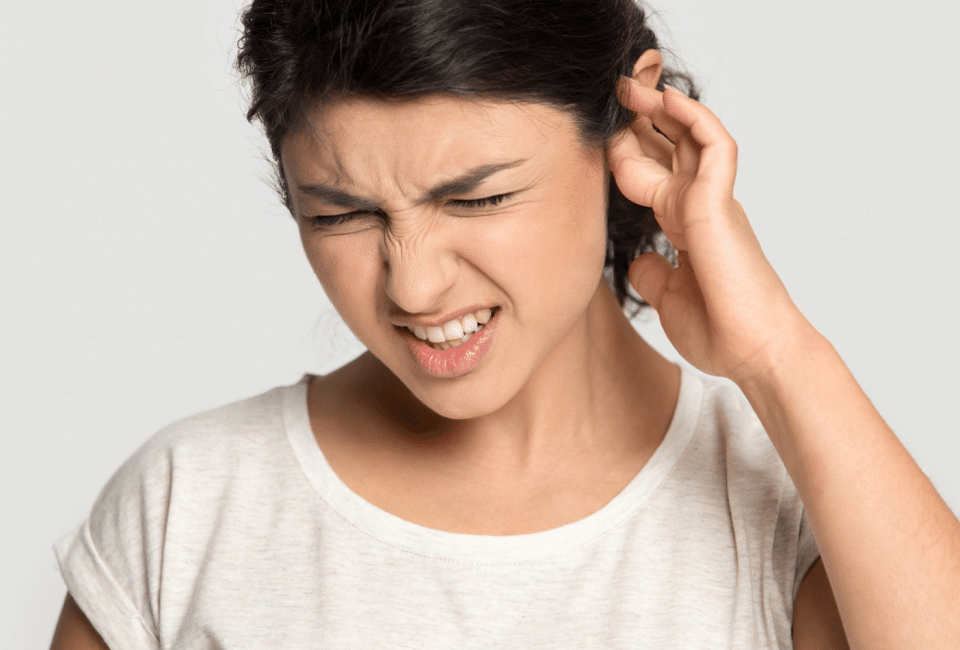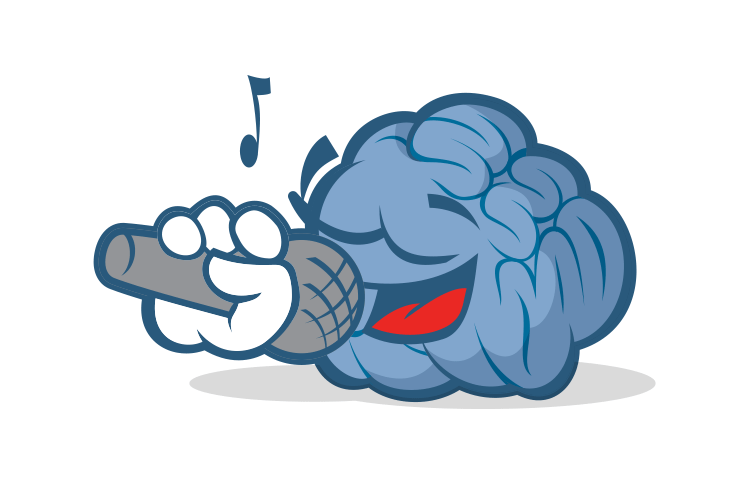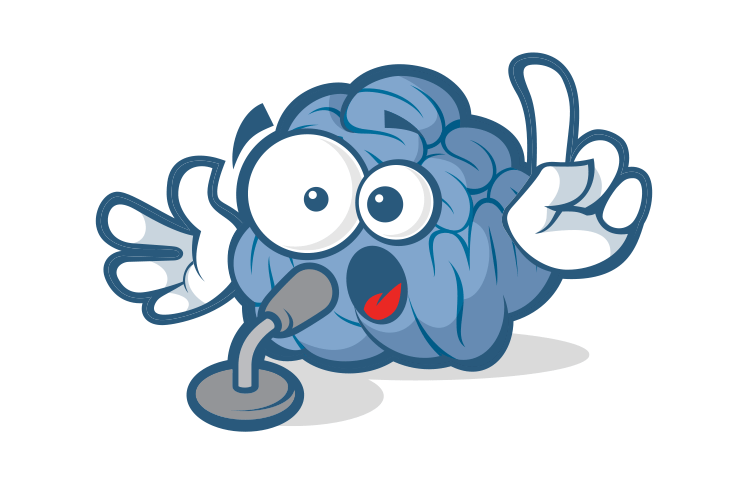Hypersensitivity to noise


You hear well but some sounds are unbearable. You may be suffering from hyperacusis or misophonia.There are two main families of people who are hypersensitive to noise: hyperacousics and misophonics.
Hyperacousics cannot stand certain sounds that they find too loud, unpleasant, while misophonics cannot stand certain noises made by a third party (chewing noises, sniffing, etc.). Research in this field does not always succeed in explaining these phenomena, which are poorly understood and poorly diagnosed.
Hyperacusis
Hyperacusis is thought to be the result of a disruption of the auditory neuronal pattern following damage to the inner ear. It sometimes appears after exposure to a high level of noise. Hyperacusis is characterised by an abnormally low threshold of tolerance to noise; certain sounds or sound levels, perceived by others as loud or unpleasant, are experienced as distressing or even painful. 40% of people with tinnitus also suffer from hyperacusis.
People with hyperacusis can no longer tolerate quite ordinary levels of noise: barking, laughter, ringing telephones, water taps or hoovers. These everyday noises, which are not particularly loud and are by no means painful for anyone with normal hearing, are a huge nuisance for people with hyperacusis.
This is a hypersensitivity to noise which may be general or only affect certain frequencies. Everyone's hearing has a minimum threshold of perception, and maximum thresholds at which noise is first uncomfortable, then painful. For "normal" hearing, the discomfort threshold is around 90 dB, the risk threshold at 105 dB, and the pain threshold at 120 dB. Patients with hyperacusis can experience pain as early as 60 dB. This condition disrupts the daily lives of those affected. How can we live a normal life when the slightest noise makes us suffer?
Misophonics
Misophonia is a relatively new word, as is the diagnosis. A person called a misophonic has an aversion to certain repetitive sounds made by other people, often adults. He or she cannot stand guttural, nasal or mouth sounds, such as chewing, sniffing, clearing the throat. But sometimes also the sound of typing on a keyboard.
The causes of misophonia are not well understood. A recent study has shown that misophonia is a neuro-psychiatric disorder associated with certain brain abnormalities. The study found hyperactivation of the inferior insular cortex (the area of the brain that directs our attention to what is happening in our environment).
An immediate aversive reaction
People with misophonia have a strong irritable reaction of anxiety and disgust and then anger to certain sounds. They may cry, scream or even vomit. Affected people also report a feeling of loss of control. Aggressive behaviour, either verbal or physical, is more rare.
Sound intolerance
Noise invasion refers to the sensation of being overwhelmed or bombarded by unwanted sounds. It is a condition in which an individual perceives sounds as excessively loud, disrupting, or distressing. It can be caused by a variety of factors such as exposure to loud noises, certain medical conditions, or emotional distress.
Avoidance strategies
This reaction is accompanied by an urge to stop the noise in order to relieve the symptoms.
People suffering from misophonia avoid certain situations - these avoidance strategies are similar to those of people suffering from phobias - or use means to protect themselves from aversive sounds: use of earplugs, listening to music, etc.
The Tomatis method and hypersensitivity to sound
Whether it is hyperacusis or misophonia, the Tomatis® method combined with laser phototherapy can help reduce the symptoms.
In the case of hyperacusis, cell regeneration and re-education of the eardrum and stapes muscles will release the tensions associated with the transmission of the sensory sound message to the brain, reducing hypersensitivity in this part of the ear.
In the case of misophonia, the dynamisation of the inner ear cells combined with the re-education of the listening pattern will improve the ear's ability to fulfil its role as a selective filter. We will thus change the way we direct our attention, thus reducing the symptoms of misophonia.
Acting now
After reading this article, you are wondering what to do next?
It's very simple, make an appointment with us for an audio-psycho-phonological assessment which will allow us to evaluate your problem and to propose a personalised treatment. Our time frame for starting a treatment is only a few days, and a relief of symptoms is felt from the first week of treatment only.
Misophonia: here is the testimony of Anna, 16 years old.
For several years now, I have not been able to stand the noises that other people make when eating or sniffing, especially older people. In general, I am a stressed and anxious person, and the idea of being in the presence of other people does not help. This is how the treatment at the centre went. The two weeks of treatment were difficult, I felt very tired and it was quite emotionally challenging. Afterwards, I could see the results. The most obvious thing for me is that I am calmer, much less anxious. I still hear and notice the noises that other people make, but it makes me less angry. I'm looking forward to the rest of the treatment!
In summary: methods used
- Re-education of the listening posture with the Tomatis method
- Regeneration and cellular dynamisation of the middle and inner ear with laser phototherapy
- Stress self-management with mindfulness meditation and EMDR



